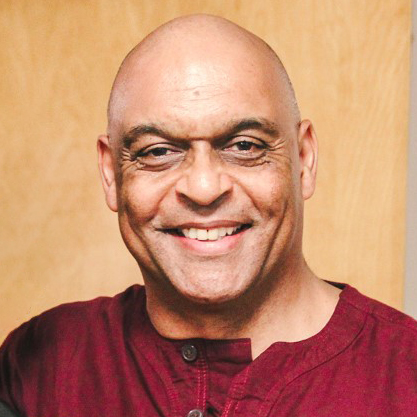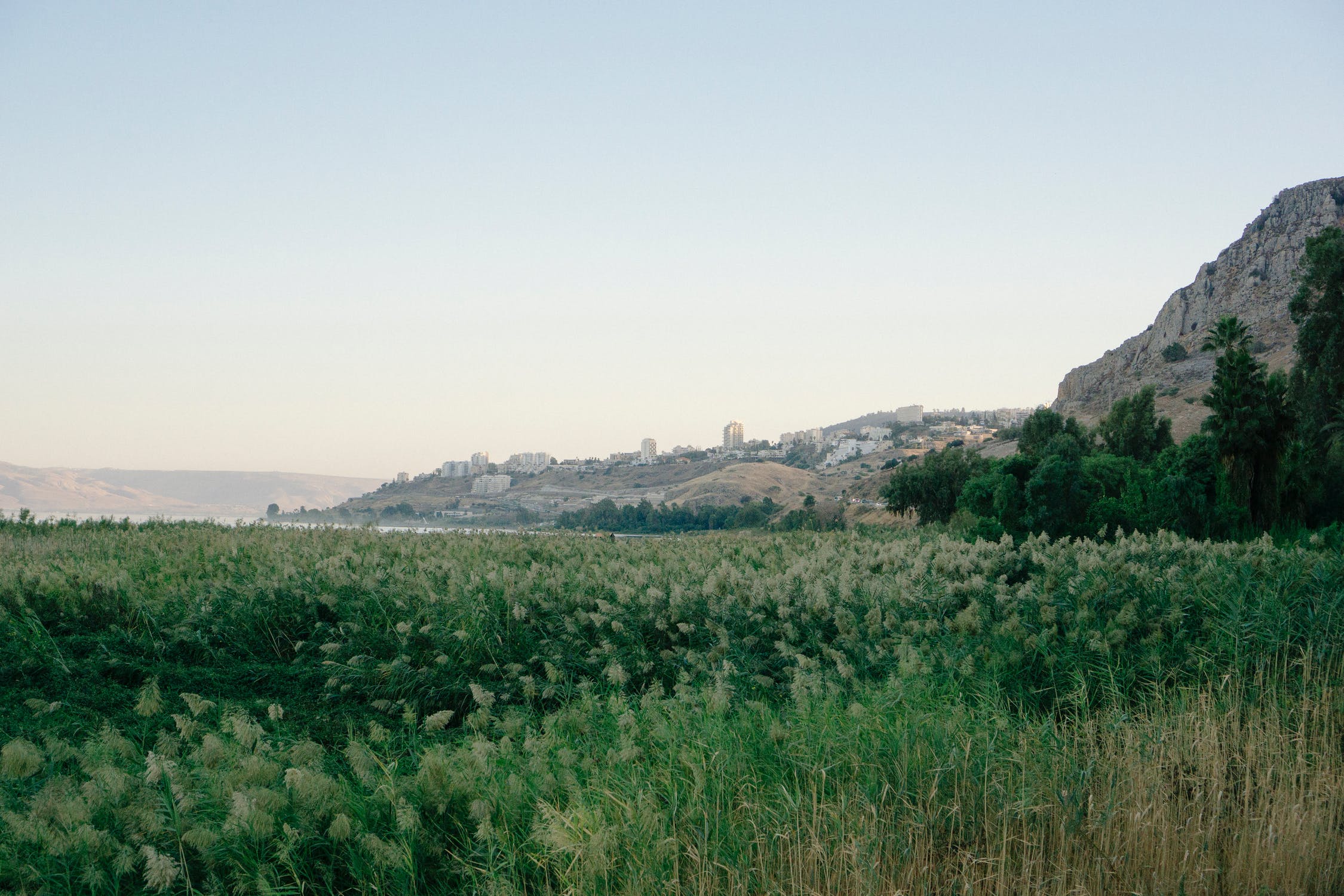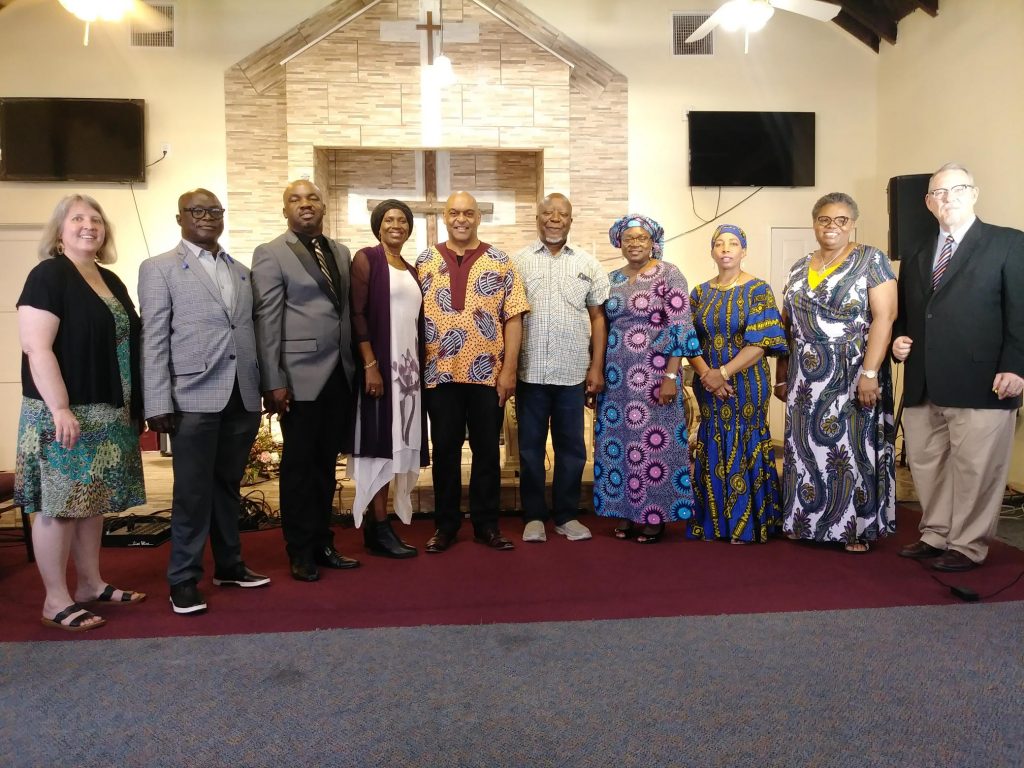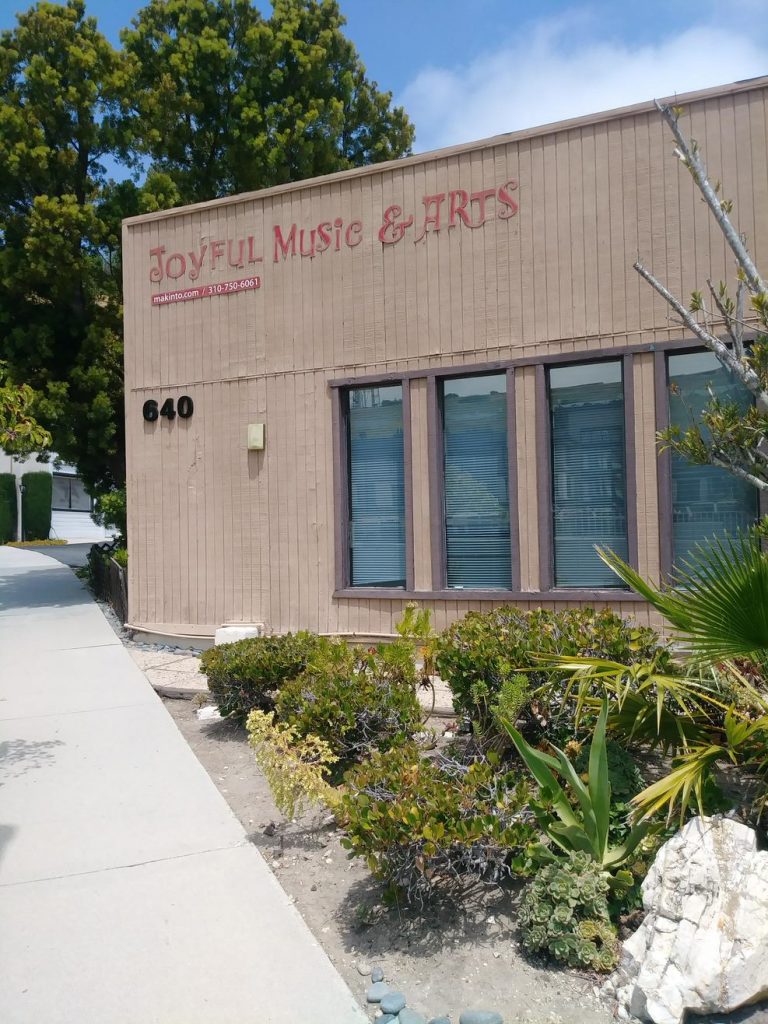by Makinto
Editor’s Note: A version of this article first appeared in the Summer 2024 issue of Leader magazine, and has been reprinted with permission.
Some time ago, my wife asked me, “Why is there such a resistance in American churches to dancing?” The Bible references dancing as a valid and vital expression of praise (Psalm 149:3). King David danced wildly before God as an expression of joyful thanksgiving (2 Samuel 6:14).
My wife is from Burundi. Throughout Africa, a primary expression of praise is dancing, where moving to the beat of rhythmic music is an essential component of life and, naturally, one of the most immediate expressions of praise.
We thought about a ministry invitation to a Pennsylvania Mennonite church last year. As I taught one of my original praise songs to the choir, I encouraged them to gently swing from left to right, also inviting them to clap their hands to the rhythm of the song. It caused a stir in the congregation—some indignant, some amused, many interested, and a few very excited to experience a new form of worship expression.
Movement and dance can take many different forms in churches, according to their traditions. The expressive spectrum ranges from singing without any movement to choreographed ballet-styled dances, or improvised individual dancing including stomping, twirling, running, foot stomping, and jumping. There are liturgical dances, solo or in groups, expressive and choreographed worship dances narrating stories, and free individual dancing prompted by the Holy Spirit. According to the theological tradition of a church and its ethnicity, dancing is either forbidden, tolerated, orchestrated, or highly encouraged.
WHY DO WE WORSHIP?
Praising and worshiping God is not just a biblically prescribed activity (Psalm 150:6), modeled by our spiritual forebears who witnessed God opening the Red Sea, who partook in God’s victories, and danced wildly in thanksgiving processions. We worship God because we feel a personal and communal connection with God, acknowledging that God is simultaneously God Supreme, Lord of an eternal and unlimited kingdom, and Jesus Christ Emmanuel, God incarnate, who died and rose from the grave to invite us to a personal and vibrant relationship with himself. As we give ourselves to God in spirit and truth, our personal and collective worship becomes a sincere expression of our adoration for a mighty, living, and loving God.
HOW IMPORTANT IS DIVERSITY IN WORSHIP?
I have been invited to minister in several churches that were declared by the inviting pastors as diverse. Often, they were white churches with a few Black, Latino, or Asian folks sprinkled throughout the congregation. The worship was still monocultural, occasionally with Spanish subtitles, or crowned by the lone “Siyahamba” sung to a rigid beat.
Isn’t it important to have a diverse worship program in the church, according to our understanding of the church as a multicultural, multinational body?
As a person of mixed ethnicity, I am by nature diverse, but I am also sensitive to authenticity. I enjoy a rousing African American church service with pulsing rhythms, shouting, handclapping, a big choir, and a band. I equally enjoy an a capella, congregation-driven, four-part harmony Mennonite hymn sing or a two-hour African praise service with drums and joyful dancing. Worship needs to be authentic, a true expression of the people gathering in the church, expressing their identity as a group. As a church reaches out to other ethnic communities and finds harmony in a kaleidoscopic congregational mix, that church community can express that diversity, pulling members of every community into the active worship preparation and execution. Mosaic Mennonite Conference honors the cultural diversity of its congregations by including various worship styles and languages at all its conference-wide gatherings.
Culturally or generationally diverse worship expressions need to be authentic, respectful, and inclusive, not just in the choice of songs or liturgical order, but in the preparation and participation of all diverse members.
I once met a group of young men donning blue mohawk hairdos at a worship symposium. Responding to my curiosity, they told their story:
We are worship leaders of a midsize church of about 800 members in Sacramento, and our senior pastor is 85 years old. In his office hangs a sign: “I respect and love you more than myself.” He lives it out every day and has groomed us through his sacrificial love. The pastor and his peers cherish hymns. Loving us youngsters, he has given us complete freedom to plan and execute the music for all three identical Sunday morning worship services. We love modern rock and praise songs, and he loves hymns, so we play both hymns and rock in worship. After a time of adjustment, our older generation began to love rock worship, and our younger folks are crazy about the hymns.
What a great example of an integrated and generationally diverse worship expression.
SHOULD WE ALL DANCE IN CHURCH?
This question reminds me of Paul’s teaching about speaking in tongues in the church (1 Corinthians 14). It opens with the beautiful phrase “Let love be your highest goal!” and ends, “Be eager to prophesy, and don’t forbid speaking in tongues. But be sure that everything is done properly and in order.” Stretching the text a bit by replacing the word prophesy with worship and speaking in tongues with dancing, we get a sense of God’s message: Worship is an expression of love. God invites us to worship in harmony with each other and to refrain from disallowing diverse worship expressions, provided they don’t hinder others from worshiping God.
Worship should always be authentic. We don’t need to start dancing exuberantly in church if we don’t feel like it, and we don’t need to sing songs in languages we don’t understand in the name of diversity. But when it reflects the heart of the congregation, different cultural expressions should be embraced into our worship, to the glory of God. A church with several ethnic groups may include a variety of worship expressions as it seeks to encourage deeper relationships between its diverse members and ultimately show the beauty and variety of different worship styles, foreshadowing transcultural worship in heaven when a great multitude from every nation and tribe, people and language, in the presence of all the angels and the elders, will worship God and sing: “Victory belongs to our God who sits on the throne, and to the Lamb” (Revelation 7:10).
So, let’s dance?
Reprinted from Leader, Summer 2024 Vol. 21 No. 4 © 2024 MennoMedia, Inc, Harrisonburg, VA. All rights reserved. Used with permission.

Makinto
Pastor Makinto is director of Amahoro International, a mission organization promoting peace and development in East Africa, a Conference-Related Ministry. He has toured the world for 30 years as an international musical performer.




